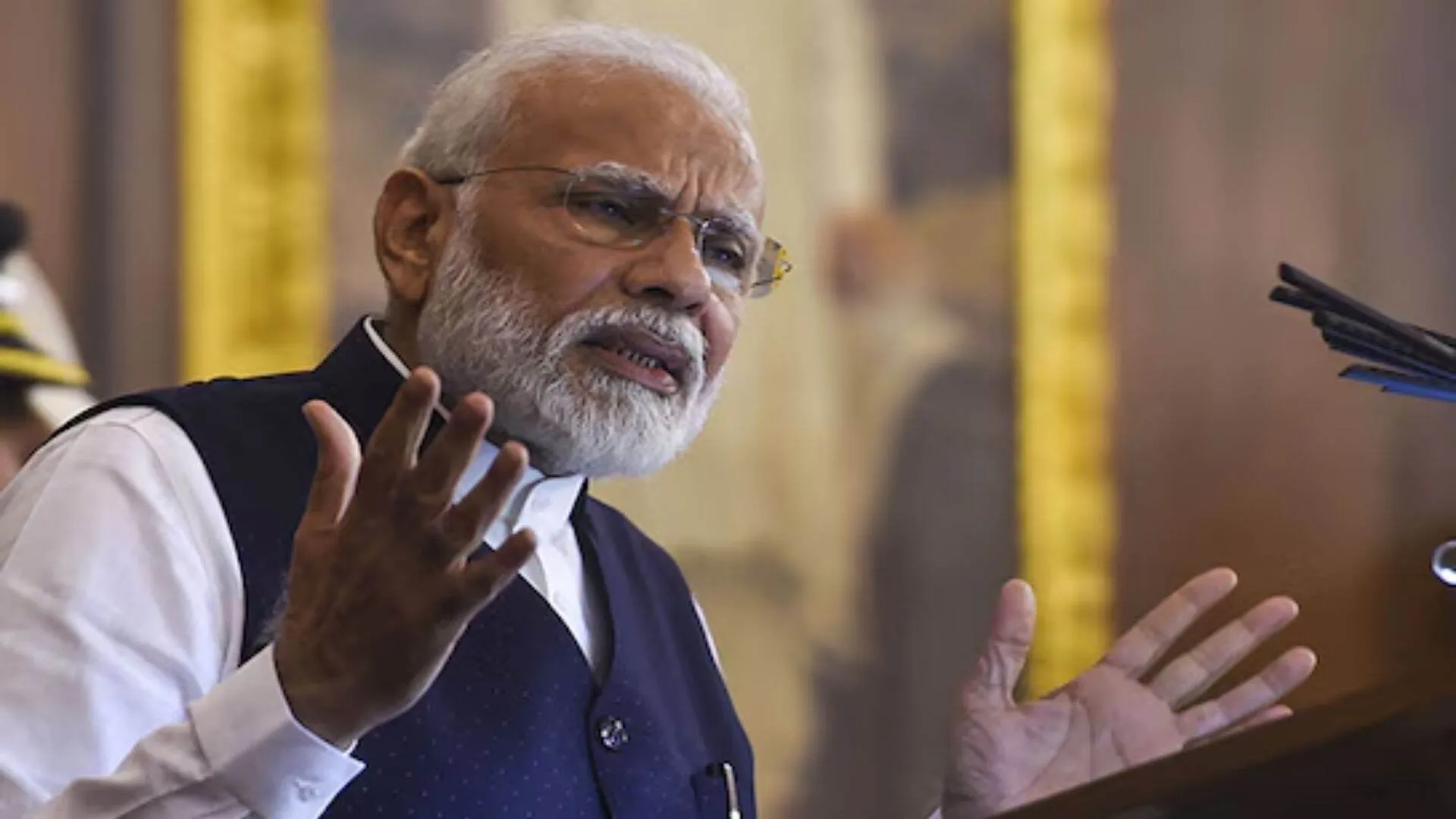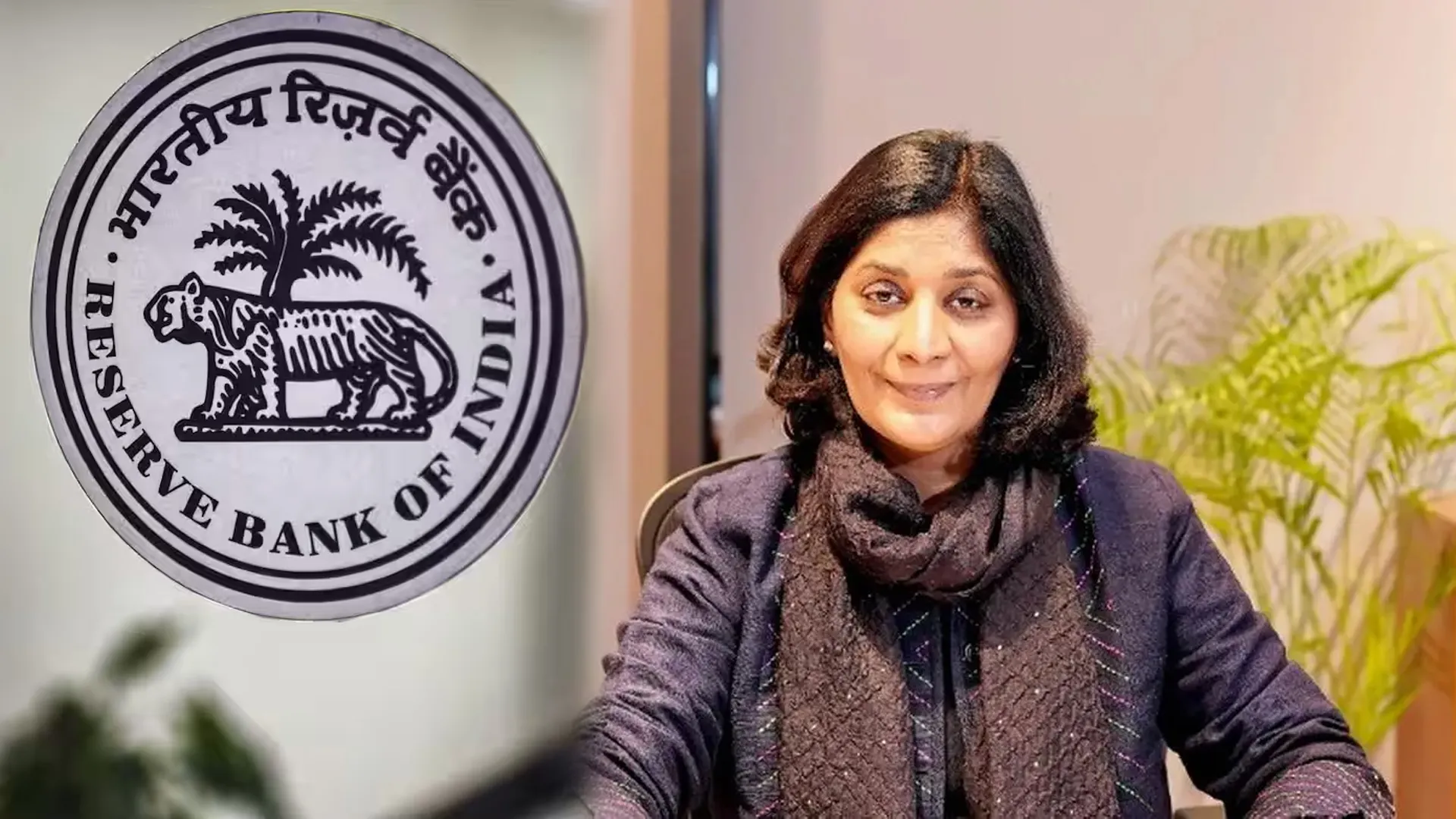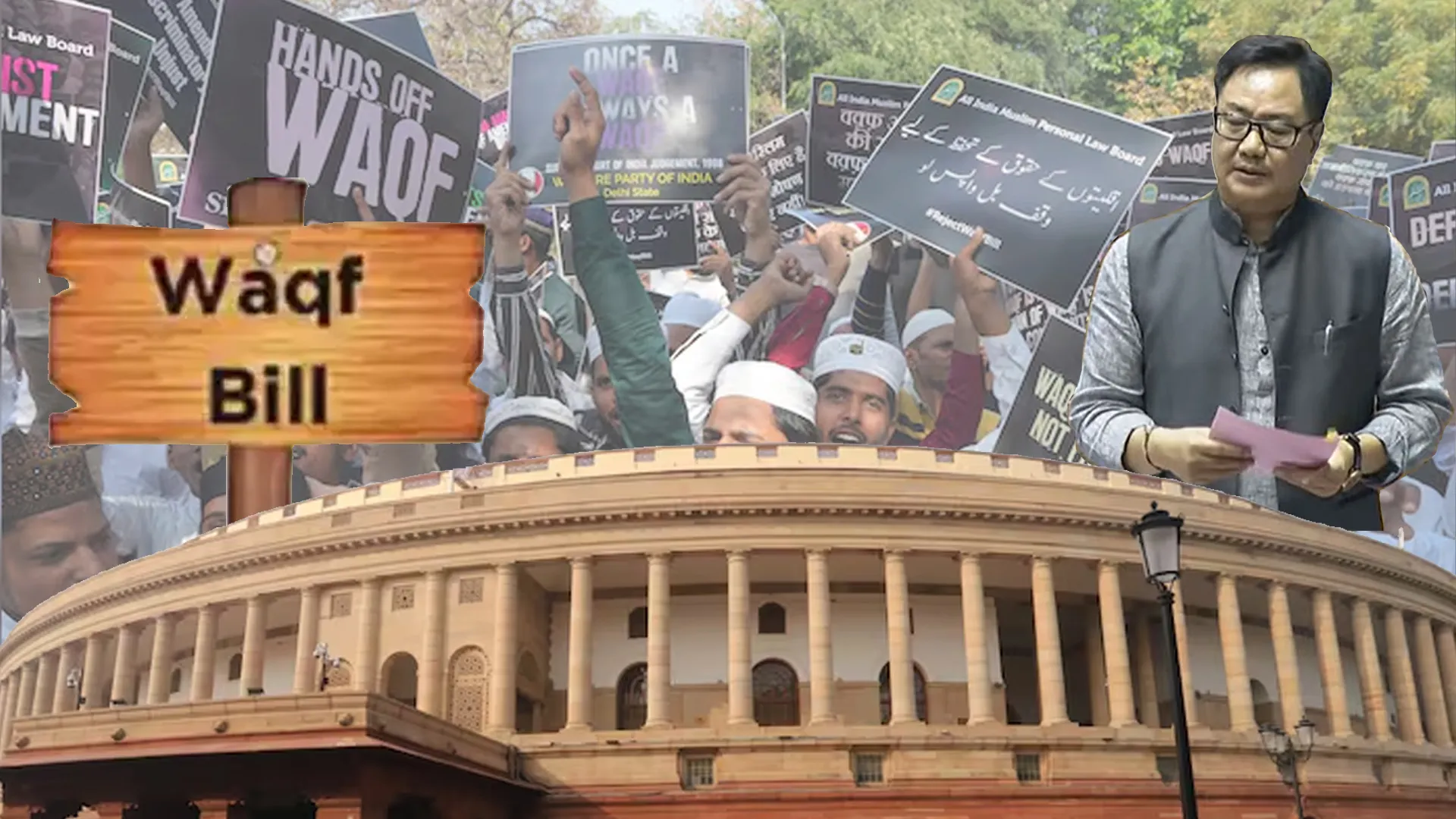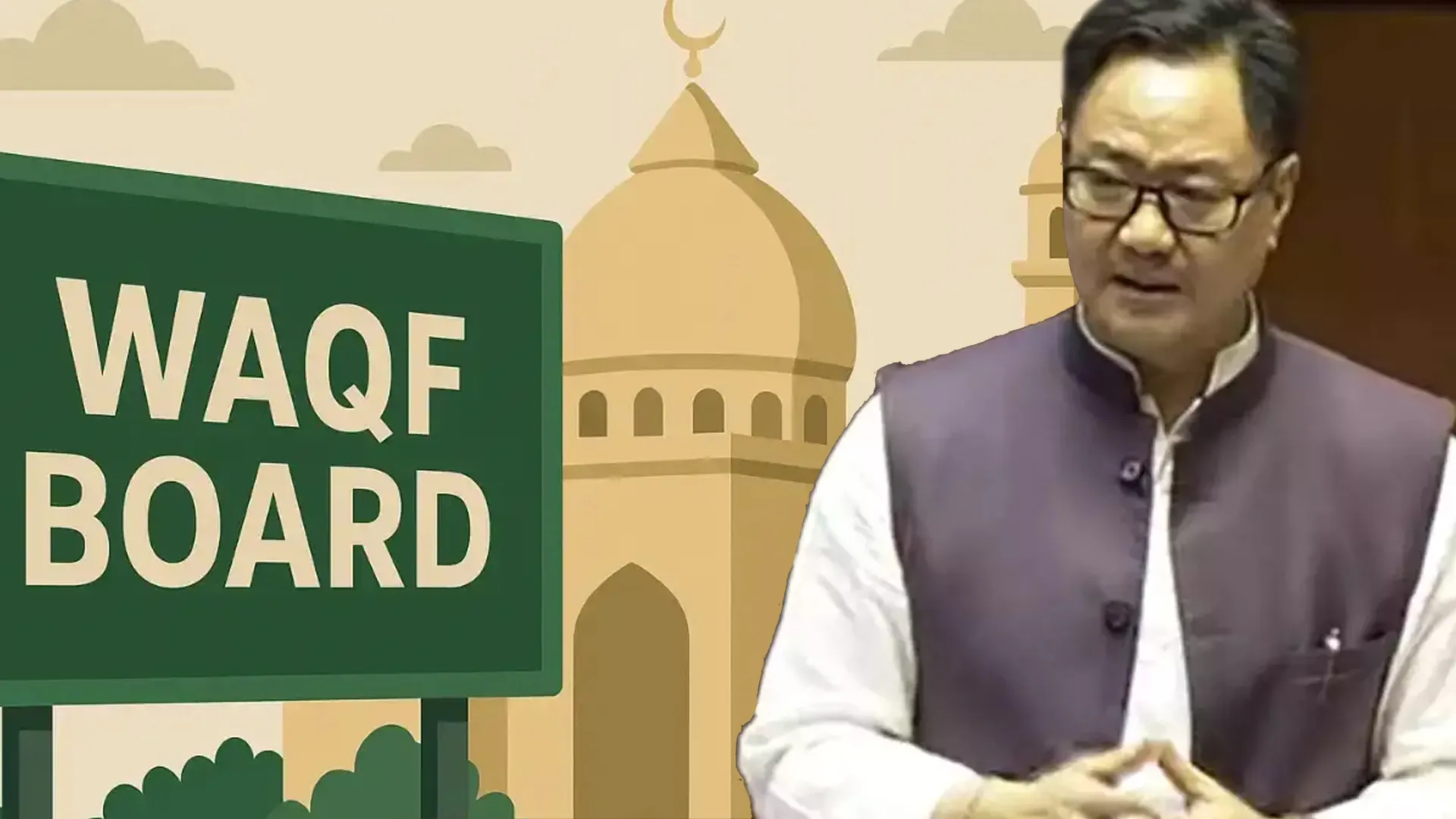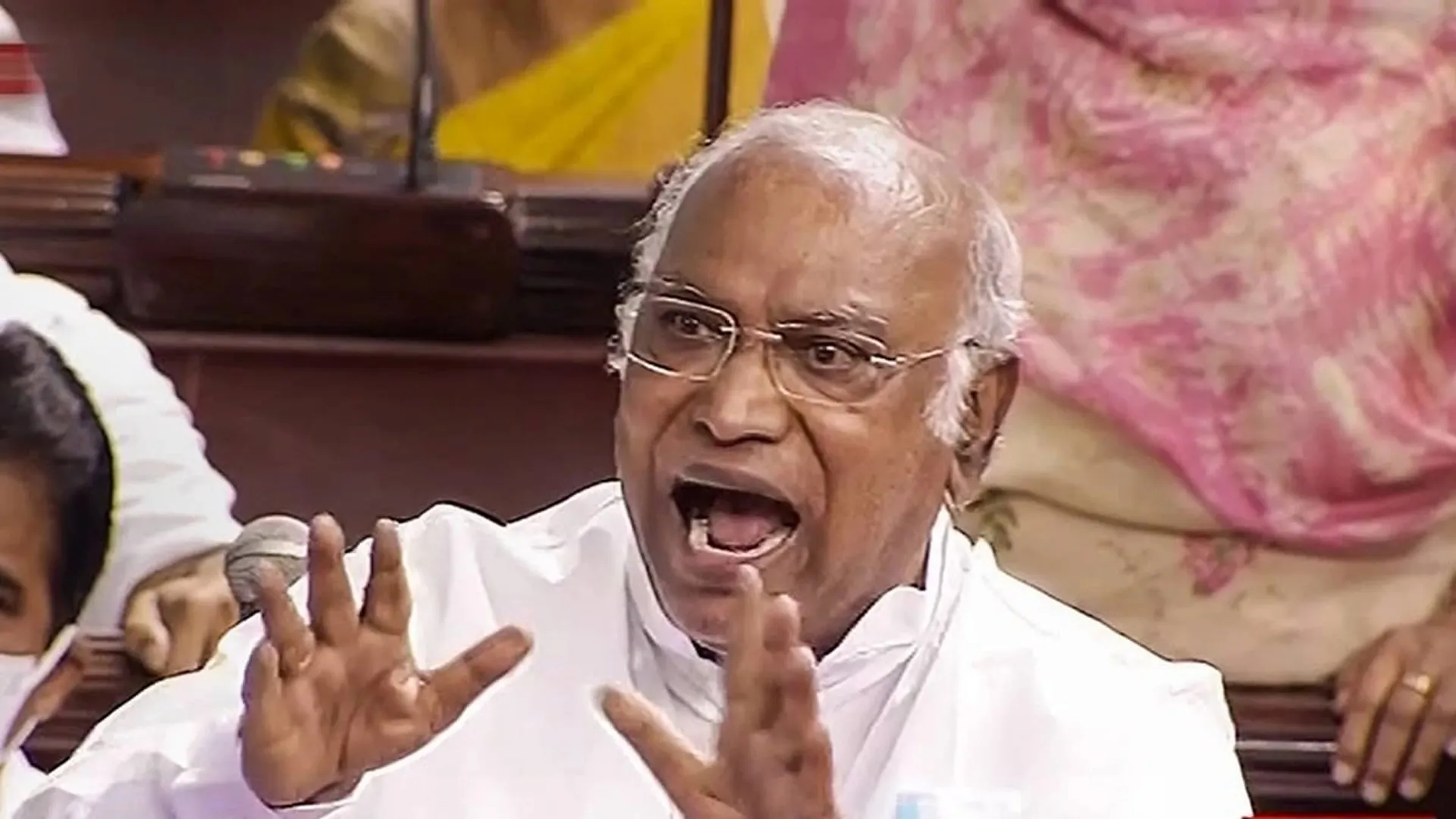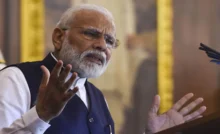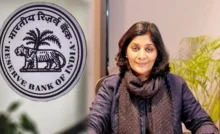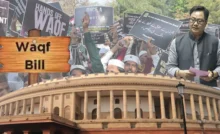With just five months to go to complete 400 years of the first official Danish presence on Indian soil and the strong bond between India and Denmark since then, it’s time to quickly go down the memory lane.
Denmark was a maritime power in the 1600s and its merchant class wanted to benefit from the highly profitable trade in spices and cloth, both very much desired by the rapidly growing urban middle class. With royal blessing, the Danish East India Company was formed in 1616 with a monopoly of Asian trade. The first official Danish presence came in a treaty with the ruler of Tanjore in 1620, providing the Danish East India Company with the trading rights in return for an annual “rental” payment. On the Danish side, this agreement was signed by Robert Crappe, an enterprising director who travelled to the region to lay the ground for what was to become a mutually beneficial agreement that was to have long-range cultural implications for India.
Rest is history, Indo-Danish ties thrive and both nations are exploring every opportunity today amidst the Covid-19 pandemic to collaborate and expand the areas of cooperation, mutual exchanges and finding avenues of strategic and business ties, the foundations of which were laid nearly 400 years ago.
The Daily Guardian reached out to three “ambassadors” of Denmark’s lasting friendship with India and got to know why the subcontinent matters so much to them. For some it is because of the personal ties, as in the case of Professor Walter Andersen, a former diplomat and India expert in Johns Hopkins University, whose wife is an Indian and he calls himself “half Indian”. Then there’s the current Danish Ambassador in New Delhi, Freddy Svane, who is “a friend beyond protocols” for many foreign affairs reporters in Delhi circles and someone who is expanding the scope of India-Denmark partnerships as he was awestruck by PM Narendra Modi’s first speech from Red Fort in 2014. The last being Professor Stig Toft Madsen, someone considered to be an authority on Indian affairs in Danish academic circles and till recently employed with University of Copenhagen.
Walter Andersen
An incident at the Danish Embassy in Washington, DC some 25 years ago had a profound influence on my Indian wife’s view of Denmark. We were there to get her a visa and, as it was about noon, no one was available at the front desk. But there was a young Embassy maintenance person in the lobby who came over to help us, finding the application material and explaining what forms were required. He happened to be from the area of Denmark we planned to visit (the Naestved area at the southwestern corner of the main island) and described what he thought she should see. What impressed her was his self-confidence, lack of formality and desire to be helpful. These characteristics were reinforced in our subsequent annual visits to this area to meet with members of my mother’s large extended family. My Indian wife was treated as family from the very beginning.
This positive introduction to Denmark prompted my wife, an Indian of Tamil heritage, to discover more about Denmark in India. As it turns out, her home area is in that part of India where there has been a significant interaction of Danish and Indian culture. The Danes, like so many other European maritime powers, came to India as traders in the early 17th century and the influence extended from Tamil Nadu coast to several other trading posts around the Bay of Bengal, including the Nicobar Islands. Over the 200-plus year period that followed came a stream of educators from Denmark, who learned the complex Tamil language, wrote dictionaries, glossaries and grammatical studies that laid the foundation for the study of Tamil in the West. They also established separate schools for boys and girls and, representing the pietism of their home training institutions, treated their pupils as equals. Some of these schools still exist. They also brought Danish/European learning to India, translating many works of the social reformer Martin Luther and other influential writers into Tamil. They discovered an economical technology for the mass production of paper and inks, and were the first to devise print typefaces for Tamil and other South Indian languages in the belief that mass education is the best route to a healthy civic society… One could argue that their views on education helped lay the philosophic ground for India’s current educational system. The bond goes on!
Professor Stig Toft Madsen
On 21 October 1974, I rang a bell at the ground floor of the Ministry of Home Affairs in New Delhi. I had no prior appointment, but explained my case on the intercom: I was at student at Meerut University and my visa had expired. I was admitted into the building (the North Block), and asked to present my case. The officer listened for a minute or two, and asked me to pen my request. He read it, and then — on the back of a thin sheet of foolscap-size paper — he wrote the magic words, “Request under consideration”, adding his stamp R.A.S. Mani, Deputy Secretary, Ministry of Home Affairs, New Delhi. Being an ordinary Dane, I was not in the habit of approaching superior officers, but this brief meeting gave me an idea of the powers that an IAS officer may wield. Mani could have chosen to dispatch me without further ado, but he chose to act with courage and consideration. India, no doubt, has scale. Things and people come in lakhs and crores. But sometimes India has something more to it than sheer size, including officials willing to attend to small matters.
Today, public access to both South Block and North Block is hardly as easy as I had experienced it. All over India — for perfectly understandable reasons — officials and politicians have to restrict the number of petitioners, lobbyists, and others beseeching them.
In Denmark, I like to think, we have no need of approaching higher officials to do the necessary. Lower officials handle tasks at the appropriate level. This also applies to diplomacy. As Professor Martin Marcussen from the Department of Political Science at the University of Copenhagen, and retired diplomat Svend Roed Nielsen have argued, this means that when, say, a foreign ambassador to Denmark seeks information about something, he or she may be referred to a mid-ranking official, who is competent enough to provide an answer. As a result, foreign diplomats from smaller nations with less clout, often lack contacts. Their best bet to get to know the country may be to establish contacts outside of Copenhagen at municipal level, where politicians and officials have more time at their disposal.
Freddy Svane
My strongest memory from India is 15 August 2014. Prime Minister Naredra Modi addressed the nation from the ramparts of the Red Fort. Everybody was expecting that the newly-elected PM would speak about the grandeur of India on this Independence Day. Instead, he raised the issues about sanitation and cleanliness Swachh Bharat — the esteemed gathering of mighty elites were literally gasping for breath. A New India was born. Probably the only way of mobilising a nation with 1.3 billion people.
The future of Indo-Danish relations will be an important contribution to a New India and the fuel to drive that partnership comes from the green strategic collaboration. The “Green Transformation” partnership, where the scale of India and the skills of Denmark will converge, is not just about political-correctness, it is also a smart way to generate new and permanent jobs.
Post-Covid will see a new world order, and India stands a unique chance to seize the new opportunities. Political declarations will not do the work, actions are called for. India has lots of hidden potentials within human resources, technology and startups. Unleashing these potentials will give India a historic opportunity. Denmark stands ready to assist and we can be — and should be — a preferred partner for New India!



